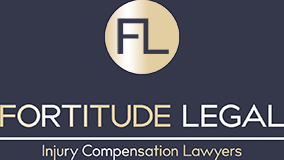International Women’s Day 2018
The theme for this year’s international women’s day is gender parity.
Today is a reminder that as a community we need to continue the momentum to aim for gender parity across the globe. This is not just about equal pay and the workplace, but about equal rights across the board.
The Gender – World Economic Forum 2017 Global Gender Gap Report tells us that gender parity is over 200 years away, however women in Australia continue to make significant progress toward equality.
The Sex Discrimination Act 1984 (Cth) makes sex discrimination and sexual harassment unlawful across various parts of public life and gives effect to Australia’s human rights obligations.
Whilst women on the Board’s of ASX listed companies have grown from 8.3% in 2009 to 26.2% in 2018, the average full-time weekly wage for a woman is 15.3% less than a man’s. In 2015-2016 average superannuation balances for women aged 60-64 were just over half (58%) those of men. 1 in 2 mothers reported experiencing workplace discrimination as a result of their pregnancy, parental leave or return to work plan and 1 in 5 mothers indicated that they were made redundant, restructured, dismissed or did not have their contract renewed.
And for women in the law, we are not immune. The Australian Bar Association Statistics reported in 2015 that whilst 23.13 % of Australian barristers are women, only 1.52% of senior barristers are women. A 2013-14 study by the Australian National University revealed male barristers report a 184% higher taxable income than their female counterparts.
Whilst we can be proud of what we have achieved, we cannot stop the progress for all women.
#PressforProgress





